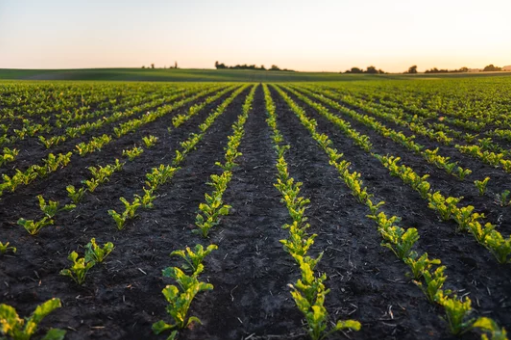
BLOG
We remain optimistic about South Africa’s 2025-26 agricultural season

As we begin the 2025-26 summer season, the evolving weather conditions will remain a central focus in South Africa’s agriculture. We are in another year of La Niña, a weather phenomenon that typically brings above-normal rainfall in much of the country and the Southern Africa region.
The 2024-25 season was another La Niña season, and with its heavy rains, we experienced challenges in various areas of the country. Still, the overall picture was positive. We managed to get an excellent fruit and vegetable harvest. The sugar cane production recovered, and the grains and oilseeds production was also robust. It is due to such an exceptional harvest that you have seen me write about 2025 as a season of recovery in South Africa’s agriculture, albeit an uneven one, because of the foot and mouth disease in cattle farming.
I am outlining this background because I have seen some headlines and social media posts expressing concerns that, as we approach another La Niña season, there may be floods that could negatively impact agriculture.
Indeed, there will likely be heavy rains, but I don’t believe they are severe enough to warrant concern about the agricultural outlook for the 2025-26 season. We remain broadly optimistic about the season ahead.
In fact, the farmers are also as optimistic and have started preparing the land in the eastern regions of the country. Over the past two weeks, we observed activity in some areas of Gauteng, the Free State, KwaZulu-Natal, and the Eastern Cape. These are mainly yellow maize and soybean growing regions, crops that are key to the livestock industry. We will likely see an increase in field work with farmers tilling the land from November onwards.
The La Niña-induced rains may persist through to February 2026, a key period for summer grains and oilseeds. If the 2025-26 summer grain and oilseed production season continues with minimal interruptions, as we expect, the crop could pollinate around February 2026.
The crop requires increased moisture during the flowering or pollination stages. This coincides with the rainy period within the above forecasts, which supports the crop, and underscores our optimism about the upcoming season.
In essence, our optimistic expectations for the 2025-26 summer season seem to have some early support, as fieldwork activity has started on time in the eastern regions of South Africa. Whether farmers plant the typical area for summer grains and oilseeds or not is something we will watch closely in the coming months.
Our general view is that plantings will be robust and aligned with the previous season, at about 4.5 million hectares. Therefore, while there may be periods of excessive rains in some regions, I think it remains fair to view the 2025-26 agricultural season with some optimism.
? Wandile Sihlobo is the chief economist of the Agricultural Business Chamber of South Africa (Agbiz).

0 COMMENTS
LEAVE A COMMENT